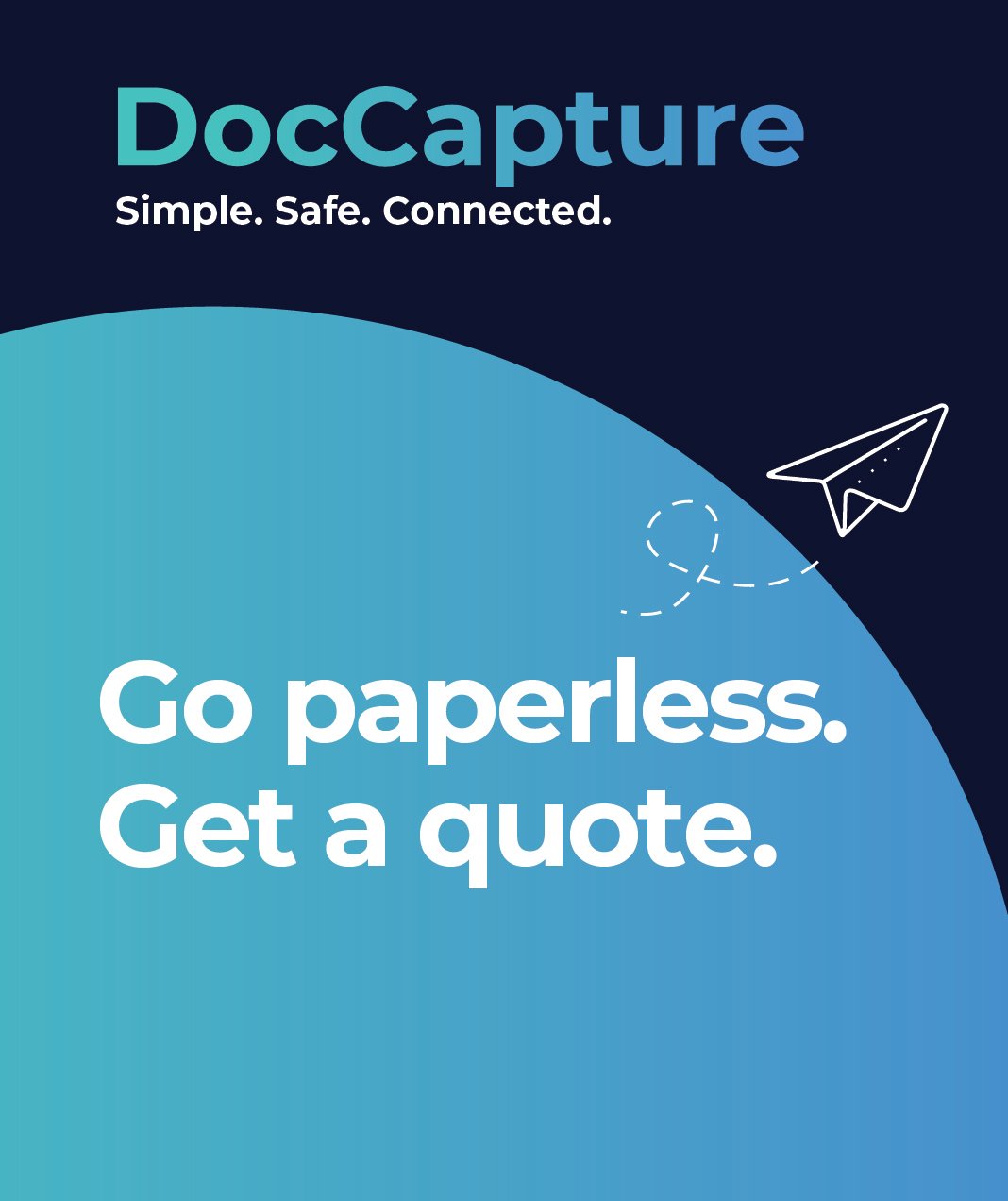Achieving Cost-Effective Efficiency in Government Document Management
Table of contents
Government agencies are under constant pressure to do more with less. With tight budgets, rising service expectations, and increasing data privacy regulations, departments at the local, state, and federal levels are re-evaluating how they manage and store critical information. For leaders like Chief Information Officers (CIOs), IT Managers, and Records Officers, outdated paper systems present not only a logistical nightmare but also a major compliance and security risk.
In this context, cost-effective government document management isn’t just a luxury—it’s a necessity. By transitioning from manual, paper-based processes to secure digital solutions, agencies can dramatically reduce operational costs, improve information retrieval speed, and ensure better compliance with regulatory standards. These changes not only enhance internal efficiency but also promote transparency and faster service delivery to the public.
This article explores how digitization unlocks tangible savings and productivity gains, while maintaining strict adherence to data privacy and compliance requirements. Through practical examples and a risk-aware approach, we'll show how digital transformation can be both budget-friendly and secure for government entities.
The Hidden Costs of Paper-Based Systems
While many government departments still rely on paper for storing records and managing workflows, the real cost of this practice often goes unnoticed. From physical storage expenses to staff time spent manually retrieving files, traditional document handling systems are surprisingly resource-intensive. For agencies already operating within strict budget constraints, these inefficiencies can quickly add up.
Manual systems also create service delays. Whether it’s responding to a public records request or retrieving building permits from archives, the process can take hours—or even days—when documents are not digitized. This lag not only affects internal productivity but can also erode public trust in government responsiveness.
Moreover, physical documents are inherently vulnerable. Fires, floods, or even simple misplacement can lead to the permanent loss of critical information. The effort required to maintain chain-of-custody protocols and ensure records are securely stored adds further complexity and cost.
Digitization presents a clear alternative. By scanning government records, agencies can reduce physical storage needs, improve information security, and significantly cut down on the administrative burden tied to paper-based systems.
Digital Transformation: Where Savings and Compliance Meet
For government agencies, shifting to digital document management is not just about modernization—it’s a strategic move that aligns operational efficiency with strict regulatory requirements. By reducing dependency on physical paperwork, departments can save on labor, storage, and administrative overhead while simultaneously boosting accuracy and compliance.
Digital systems enable faster retrieval, automated indexing, and secure access controls, all of which are critical in government environments where records must be maintained, accessed, and shared under precise legal standards. Additionally, robust digital backups provide assurance against data loss, which is especially vital in sectors that manage sensitive citizen information.
Despite these advantages, many government leaders remain cautious due to perceived risks around data privacy and initial investment costs. However, a closer look reveals that digital solutions can actually strengthen compliance and security. Tools like encryption, access logging, and secure cloud storage offer protections far beyond what paper can provide.
A recent look at how document scanning supports public sector performance reveals that this transition can unlock both operational and compliance benefits. In fact, efficiency in government is increasingly being driven by smart document management strategies that minimize risk and maximize results.
Practical Use Cases Across Government Agencies
The benefits of cost-effective government document management come to life in real-world applications. Across local, state, and federal levels, departments are leveraging digital solutions to improve workflows, enhance public service delivery, and ensure compliance.
Take, for instance, a local city planning office. By digitizing building plans and permits, staff can retrieve large-format documents in seconds rather than sifting through storage rooms. This not only speeds up approvals but also supports transparency for developers and the public. Learn more about how large format scanning improves access to government building information.
In county governments, clerks often deal with decades’ worth of birth, marriage, and land records. Scanning these archives improves response times for public records requests and safeguards documents from deterioration. This transformation is detailed in document scanning for state and county government records, which shows how digitization enhances compliance and operational continuity.
Meanwhile, document scanning in local government enables municipalities to better serve constituents. From managing council minutes to processing utility records, digital systems reduce administrative lag and make information more accessible across departments.
These use cases underscore how scanning solutions do more than cut costs—they directly support each agency’s mission to deliver accurate, timely, and transparent services to the public.
Choosing the Right Partner for Government Document Scanning
When transitioning to digital systems, the success of any government document management initiative depends heavily on selecting the right partner. It’s not just about scanning paper—it’s about understanding the unique challenges of public sector workflows, compliance mandates, and data security protocols.
Government departments must prioritize vendors with experience in handling sensitive and regulated information. A reputable partner will offer secure chain-of-custody procedures, encryption protocols, and compliance with standards such as CJIS, HIPAA, or NIST, depending on the agency’s specific needs. Just as importantly, they should provide scalable services that align with department size and budget constraints.
This is where DocCapture’s government document scanning services stand out. Designed specifically for the public sector, DocCapture connects agencies with pre-vetted, secure scanning providers who understand the nuances of government compliance, budget cycles, and operational priorities.
Moreover, working with a provider that understands the inner workings of government departments can ease onboarding and streamline implementation. The insights shared in government departments and document imaging services further illustrate why choosing a specialized partner is critical to achieving long-term success with digital transformation efforts.
Making the Case Internally: Cost Justification for Digital Initiatives
Securing buy-in for digital transformation within government organizations often requires more than just good ideas—it demands a clear, data-backed case for return on investment (ROI). For CIOs, Records Managers, and Digital Transformation Directors, justifying the shift to cost-effective government document management means aligning financial and operational benefits with the agency’s broader goals.
One of the strongest arguments is comparative cost savings. When factoring in reduced physical storage, fewer staff hours spent on manual file retrieval, and decreased printing and mailing costs, the long-term savings of going digital quickly outweigh the upfront investment. Additionally, automation reduces the risk of human error, further minimizing compliance-related penalties and administrative rework.
Agencies can also point to performance improvements. Faster document access leads to quicker decision-making, more responsive public service, and better interdepartmental collaboration. These outcomes support strategic goals like transparency, efficiency, and citizen satisfaction.
For leaders preparing a proposal, resources like modernizing government: the role of document scanning provide compelling talking points and real-world results. Framing digital initiatives as foundational—not optional—can make the difference in securing approval from stakeholders wary of upfront costs or organizational disruption.
Conclusion
Digital transformation is no longer a future goal for government agencies—it’s a present necessity. By investing in cost-effective government document management, departments can overcome budget constraints, streamline operations, and deliver faster, more transparent services to the public. The shift away from paper isn't just about saving money—it's about securing data, ensuring compliance, and empowering staff to focus on high-impact work.
Ready to take the next step? DocCapture connects your agency with secure, pre-vetted document scanning providers who understand the needs of government. Fill out our get a quote form today to explore how we can help your department operate smarter, faster, and more securely.
Share this
You May Also Like
These Related Stories

Boosting Financial Services Efficiency with Document Scanning

Enhance Efficiency: The Best Solution for Your Business

